Turkmenistan's methane leak, also known as the "Door to Hell," has been burning for about 50 years and is very difficult to handle because if the hole is only filled, the gas will still escape and harm the environment.
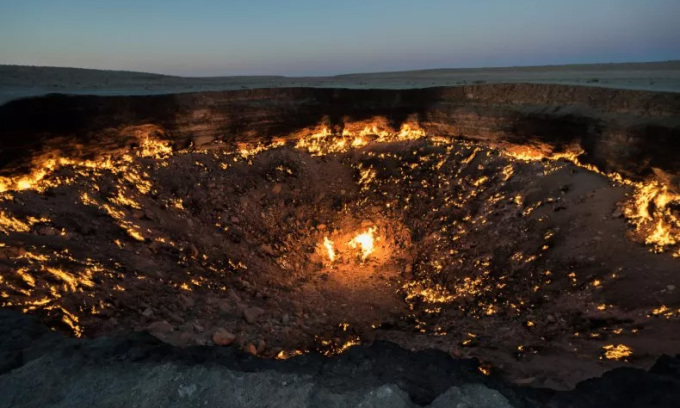
Darvaza Crater, known as Turkmenistan's "Gateway to Hell". Photo: Giles Clarke
Environmentalists and the Turkmen government have increasingly focused on the Darvaza crater due to its contribution to climate change, Newsweek reported on June 21. The Darvaza crater, dubbed Turkmenistan's "Door to Hell," has been spewing methane gas into the atmosphere for about 50 years.
Methane, the main component of natural gas, is a greenhouse gas that is 80 times more potent at warming the planet than CO2 in its first 20 years in the atmosphere, according to the United Nations Environment Programme.
"As far as I know, the crater was formed during the Soviet era, when the Soviet Union tried to drill for natural gas here. At that time, the drilling technology was not sophisticated enough and the rig collapsed, the natural gas started to escape, going into the atmosphere instead of being captured," said Stefan Green, director of the Microbiome and Genomics Facility at Rush University, USA.
The crater was then set on fire, though it is unclear whether it was intentional. "If it was intentional, it was probably intended to burn off the gas rather than allow it to escape uncontrollably," Green said.
The Darvaza crater is 70 meters wide and 20 meters deep. In 2022, the president of Turkmenistan instructed officials to find a way to extinguish the fire and capture the methane gas that is released. "Uncontrolled flaring of natural gas is an environmental disaster, and flaring actually has its benefits. In this way, methane is converted to CO2. The release of CO2 is also bad for global warming, but not as bad as methane," Green said.
One popular suggestion is to fill the pit. But Green says that's unlikely to solve the problem. "You basically have a large gas leak. Unless you plug the leak, there's no point in filling it because the gas will still escape. I don't think filling the pit will stop the leak. To stop the leak, you might need to drill some holes near the pit to pull the gas out of the pit," he says.
In addition, focusing on filling the crater could distract from addressing Turkmenistan’s main sources of methane emissions. The country is one of the world’s largest emitters of methane, largely due to leaks from oil and gas production, emitting more than 70 million tons of CO2 equivalent per year, according to the website Our World In Data.
Thu Thao (According to Newsweek )
Source link


![[Photo] Prime Minister Pham Minh Chinh meets with King Philippe of Belgium](https://vstatic.vietnam.vn/vietnam/resource/IMAGE/2025/4/1/be2f9ad3b17843b9b8f8dee6f2d227e7)


![[Photo] Close-up of Vietnam's sniffer dog team searching for earthquake victims in Myanmar](https://vstatic.vietnam.vn/vietnam/resource/IMAGE/2025/4/1/d4949a0510ba40af93a15359b5450df2)
![[Photo] General Secretary To Lam receives King Philippe of Belgium](https://vstatic.vietnam.vn/vietnam/resource/IMAGE/2025/4/1/e5963137a0c9428dabb93bdb34b86d7c)
![[Photo] President Luong Cuong and King Philippe of Belgium visit Thang Long Imperial Citadel](https://vstatic.vietnam.vn/vietnam/resource/IMAGE/2025/4/1/cb080a6652f84a1291edc3d2ee50f631)


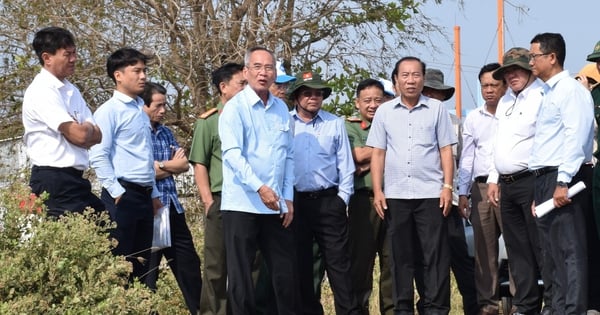



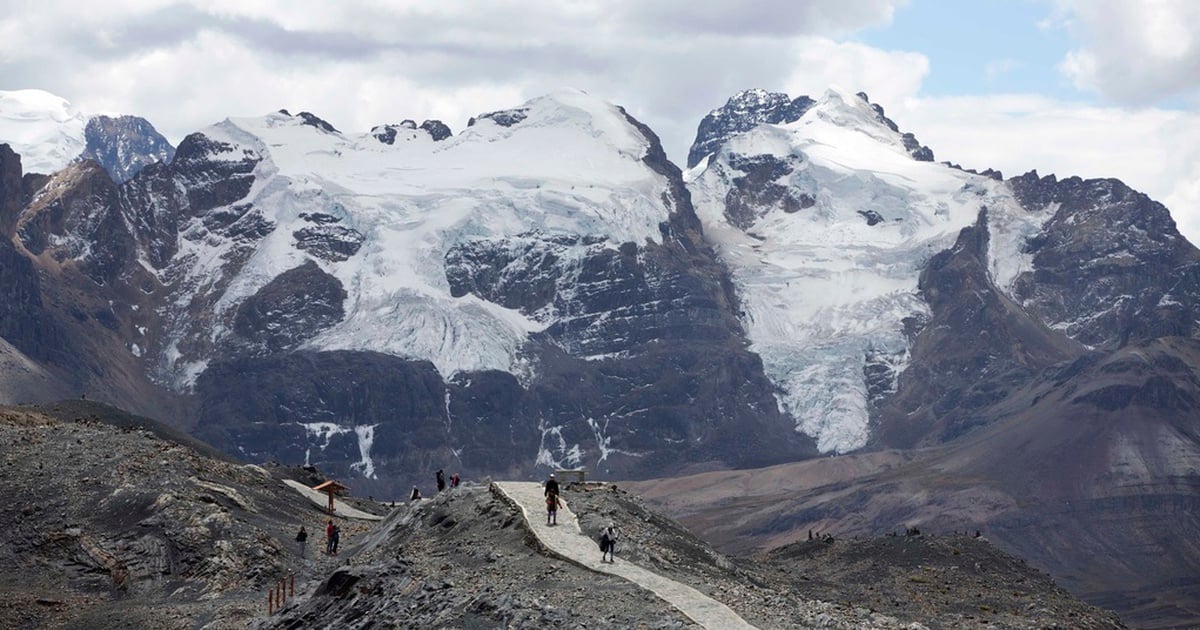





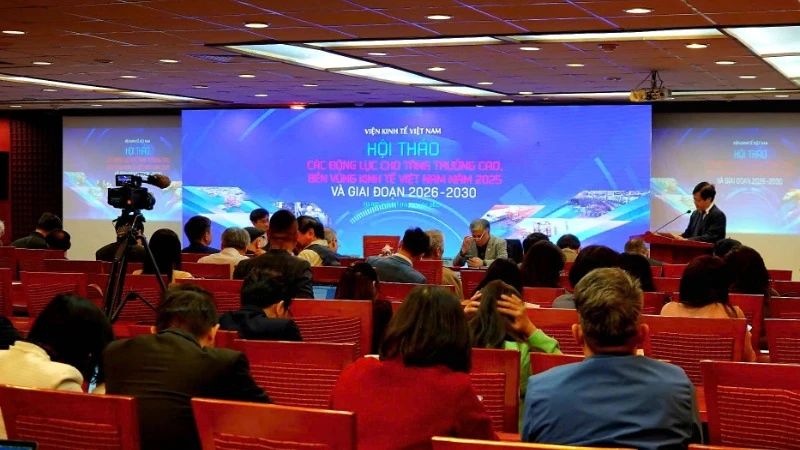

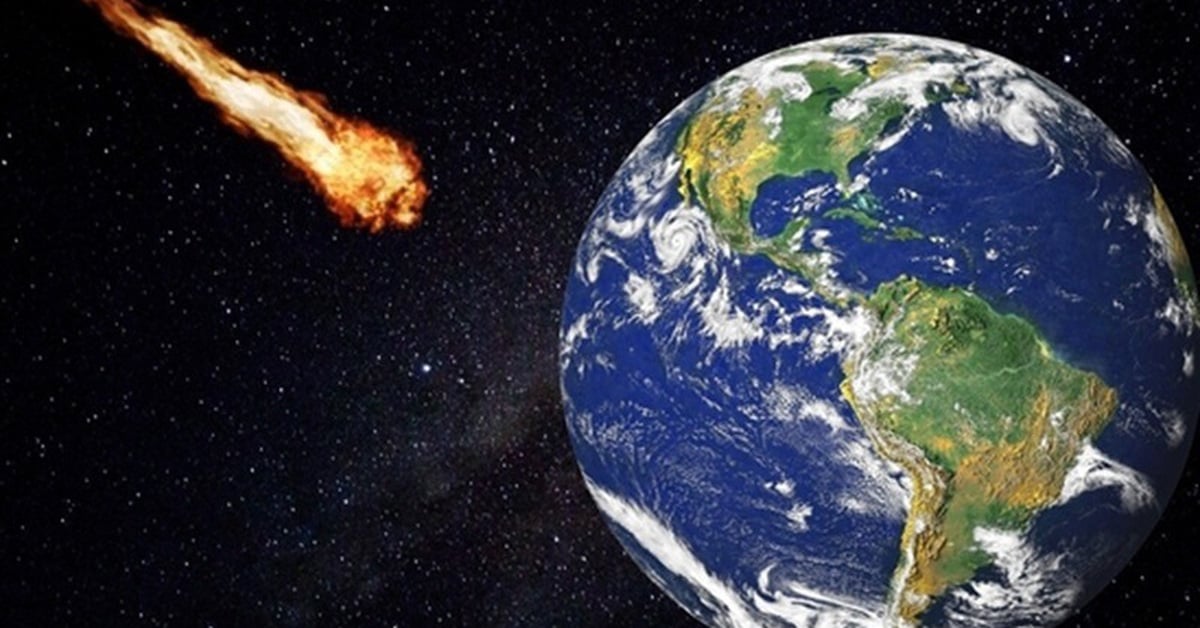












![[Photo] Myanmar's capital in disarray after the great earthquake](https://vstatic.vietnam.vn/vietnam/resource/IMAGE/2025/4/1/7719e43b61ba40f3ac17f5c3c1f03720)












































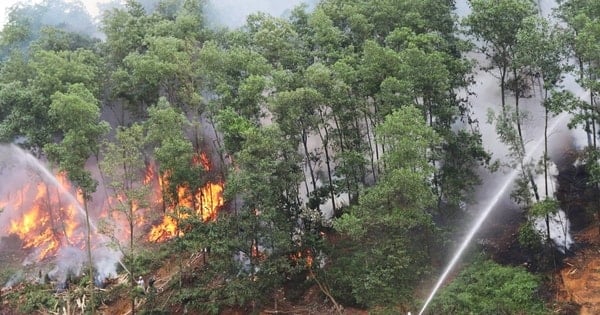

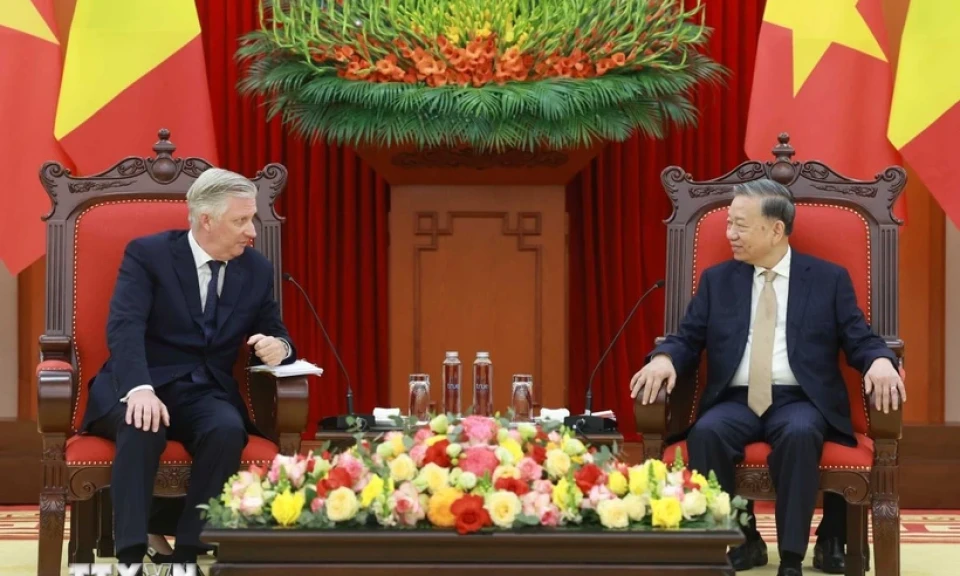
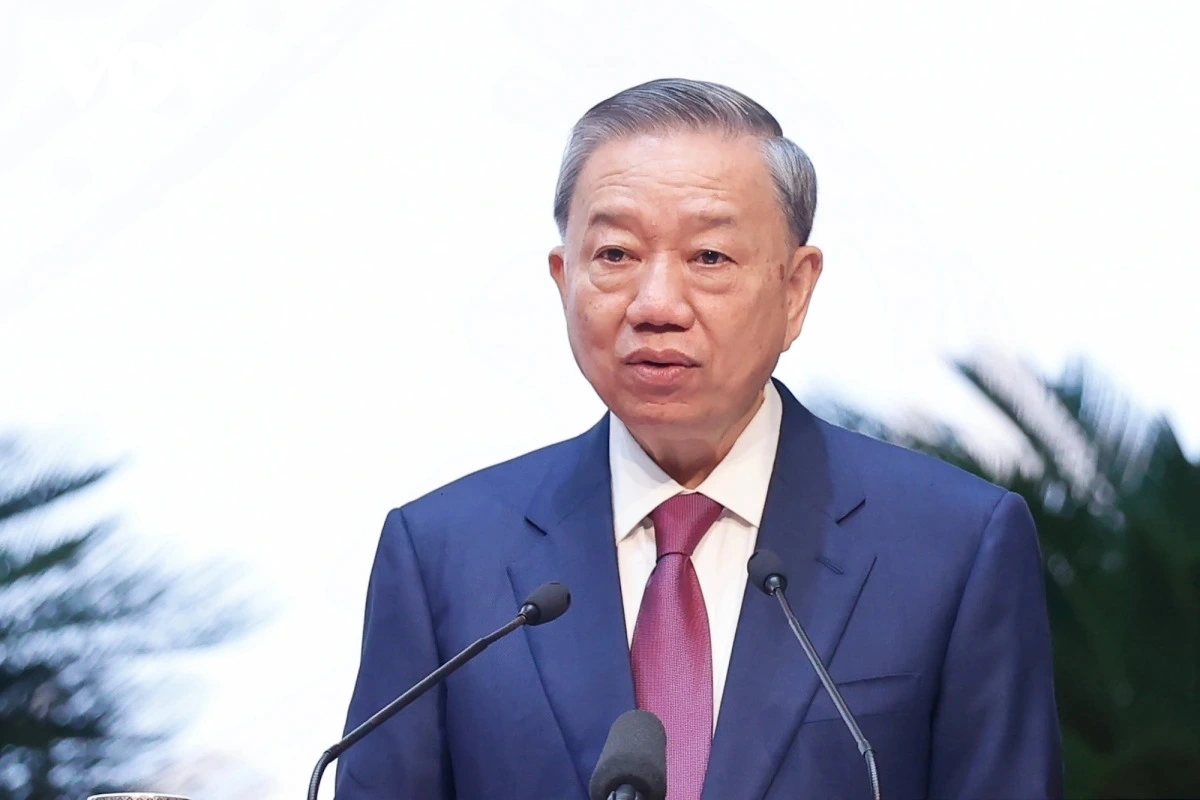

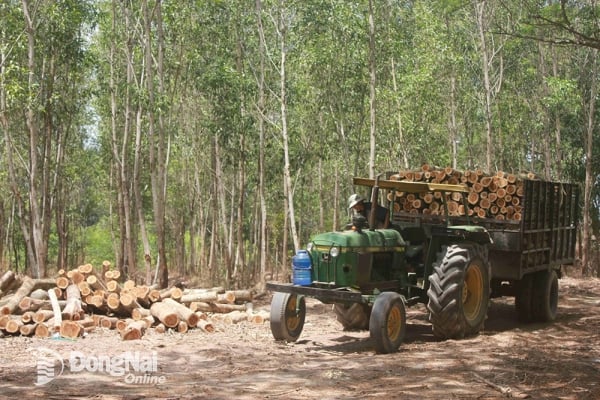
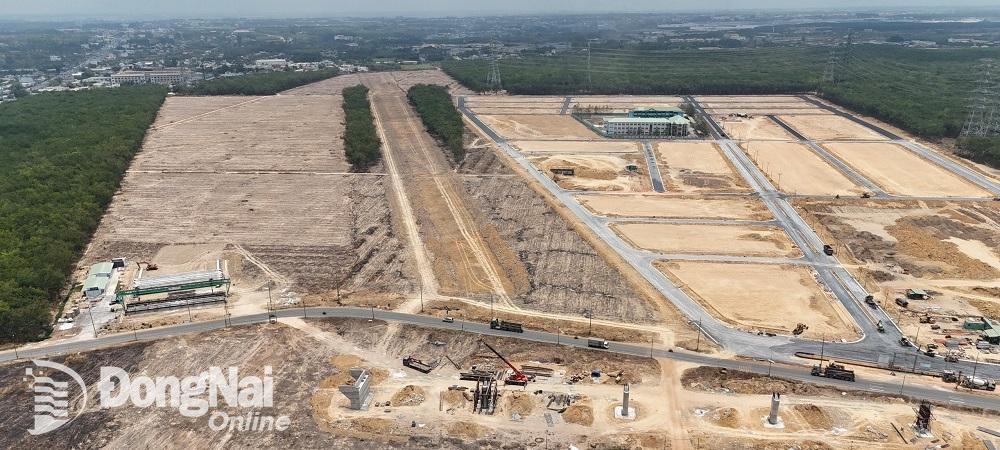










Comment (0)